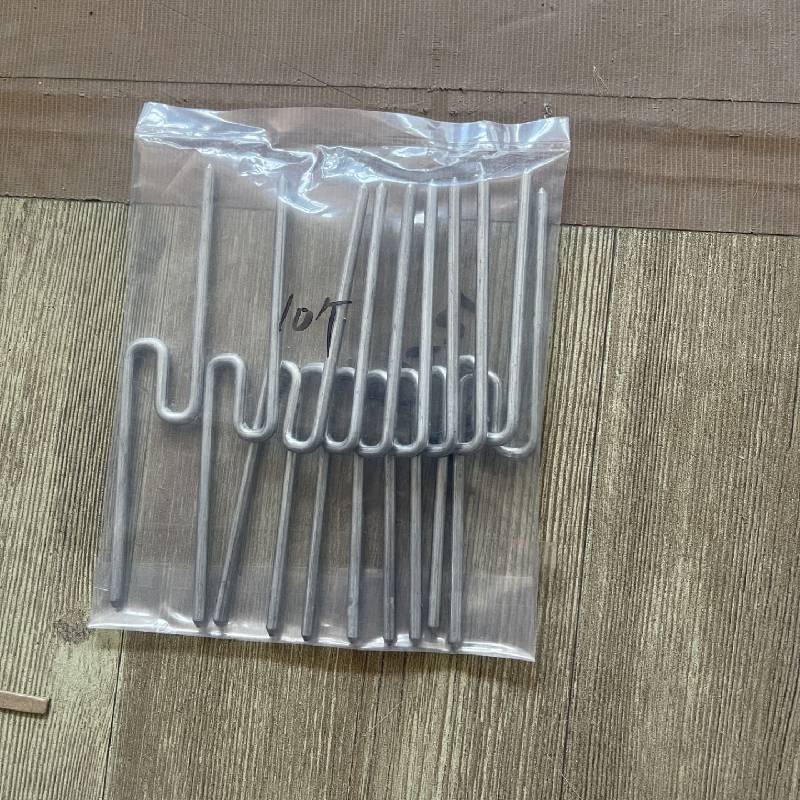
- Mobile Phone
- +8613931874955
- sales@cntcmetal.com
metal compression spring
Understanding Metal Compression Springs
Metal compression springs are essential mechanical components widely used in various industries, including automotive, aerospace, electronics, and manufacturing. These springs are designed to absorb and store energy, providing resistance against compressive forces. Their ability to return to their original shape after deformation is what makes them so valuable in numerous applications.
How Compression Springs Work
Compression springs operate on a simple yet effective principle they work by compressing as a force is applied, allowing them to store potential energy. When the external force is removed, the spring returns to its original shape, releasing the stored energy. This cycle of compression and expansion is central to their functionality and is critical in applications such as shock absorbers, push-to-open mechanisms, and safety devices.
Materials Used in Compression Springs
The performance of a compression spring largely relies on the materials used in its construction. Common materials include stainless steel, carbon steel, and alloy steel, offering varying degrees of strength, flexibility, and corrosion resistance. Stainless steel, for example, is preferred in environments prone to corrosion, while carbon steel springs may be chosen for their high tensile strength and cost-effectiveness.
Design Considerations
When designing a compression spring, several factors must be taken into account
metal compression spring

1. Spring Dimensions The length, diameter, and coil count are crucial in determining how the spring behaves under load. These dimensions influence the spring's stiffness and its ability to withstand deformation.
2. Wire Diameter The thickness of the wire used to create the spring plays a direct role in its strength and durability. Thicker wires can handle greater loads but may also result in a stiffer spring.
3. Material Properties Understanding the yield strength and elasticity of the chosen material helps to predict how the spring will perform under various loads and conditions.
4. Coil Design The design of the coils – whether cylindrical, conical, or barrel-shaped – can affect stability and performance. Different coil shapes may provide advantages in specific applications.
Applications of Compression Springs
Compression springs are found in countless applications. They are integral to devices such as car suspension systems, where they help absorb shocks from the road, enhancing ride comfort and vehicle handling. In consumer electronics, compression springs are used in keyboards and buttons, providing tactile feedback to users. Additionally, they play a vital role in medical devices, allowing for precise movement and control mechanisms.
Conclusion
Metal compression springs are versatile components that serve essential functions in numerous sectors. Their ability to absorb forces, coupled with the variety of materials and designs available, allows for tailored solutions to meet specific needs. Understanding the principles behind their operation and the factors involved in their design can help engineers create more efficient and reliable mechanisms. As technology continues to advance, the role of compression springs will remain significant, adapting to new challenges and applications.
share:
-
Yard Sign Stakes: Reliable Guardians of Outdoor SignsNewsAug.04,2025
-
Wall Ties: Invisible Guardians of Building StabilityNewsAug.04,2025
-
Resilient Web: The Super Guardian Power of Concrete MeshNewsAug.04,2025
-
Masonry Accessories: A versatile assistant on building foundationsNewsAug.04,2025
-
Iron Binding Wire: the 'invisible reinforcement specialist' in the fields of architecture and industryNewsAug.04,2025
-
Dynamic Spring: The diverse functions and excellent performance of Wire Tension SpringNewsAug.04,2025
-
Your Source for Concrete Wall Ties and Masonry AccessoriesNewsJul.10,2025



















